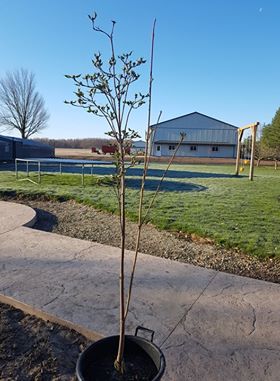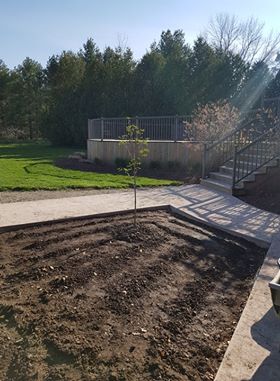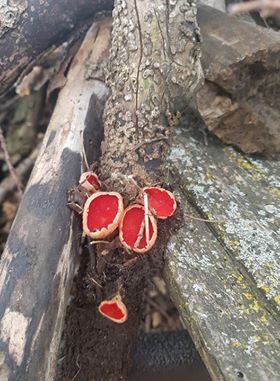
While I’ve recently had more time on my hands, staying at home and practicing social distancing during this pandemic, I decided to tackle our spring pruning. With my brain relaxed and hands engaged with this down to earth task, I couldn’t help thinking about the similarities between editing and pruning trees.
Having recently completed the first draft of my latest novel, I’m now facing the difficult task of editing. As this isn’t my first novel, I know quality editing is difficult and I’ve learned I need to give my writing time to settle, to step back in order to gain perspective.
There’s a time for everything.
You need to know your goals. If your goal is to encourage more words or the growth of your tree, you may only want to remove the dead or diseased branches. Although it may feel counter intuitive to cut words or branches when you want a plant to flourish, by trimming some parts, you may actually encourage healthy growth. Also, just as it is healthier to trim some trees in the spring, or fall, you may want to consider the timing of your editing process. When are you in the best frame of mind to consider your work objectively? Do you need a break from your ‘work in progress’ to gain some distance?
Just because it’s necessary, doesn’t mean it’s easy.

We all hate to cut hard earned words and I hate to cut down trees. I protect our trees ferociously. However, by not trimming away branches, I may be doing more harm than good. You may need to follow your gut. That tree out front has been scratching your car as you attempt to park in the garage and the low hanging branches are scratching your kid’s faces as they mow the lawn. Trimming away a few branches may seem dramatic, however, it may open new possibilities and highlight things you’ve never seen before like the beautiful trunk and the hidden hook for a bird feeder you never knew was there. By cutting one passage on your novel, another beautiful scene may have a chance to shine.
Always Remember the Source of your Advice.

For fun, I posted a question on social media, looking for help in deciding how to handle a pruning dilemma. This isn’t unlike acquiring an editor, exchanging work with a critique partner or sharing your writing with loved ones. Remember, as you gather advice, consider the following questions: Does this person offering advice have the training or hard earned writing experience? Have you asked someone who shares similar values about tree care or your writing project? Do they know your goals, are they familiar with your genre or are they guessing and giving advice on their personal taste?

Some of my responses were obviously in jest, like my mother who suggested the side shoot branch would make a great sling shot. Well, that isn’t really my goal for this tree I have dreams of being the centerpiece of my garden. Overwhelmingly though, most of my responses voted for trimming the branch. If you share your work with a number of people and in the end, they all seem to agree, then perhaps you should listen or at least ask yourself why they all feel that way.
What do you do with the Trimmings?
You need to know what your novel is about. What is your goal? Where is the story going? If you want a tall and strong tree, if you are planning for the long term growth of a tree in a specific location, what is your goal? You may have an offshoot that is beautiful and strong on its own, but it’s pulling off the symmetry of the entire tree.

Cut it off and place it into water. It may grow roots and then you have another whole tree to enjoy. If that scene is amazing and you love it, but it pulls your novel in an unintended direction, cut it out and set it aside. It may have the potential to become a solo short story, or you may have needed that work to fully understand your characters, which was essential work, even if it doesn’t fit into your novel.
Dead wood is still beautiful

Everything has a purpose. Just because you’ve chosen to place your first novel onto the shelf, it doesn’t make that work was any less valuable. You needed to write that first novel to better learn the skills of plotting, building tension and writing meaningful dialogue. The downed trees in the bush, the mulch you made from the branches you trimmed and the carbon and energy you returned to the earth, are all invaluable. Beautiful things come from dead things.
Lovely!